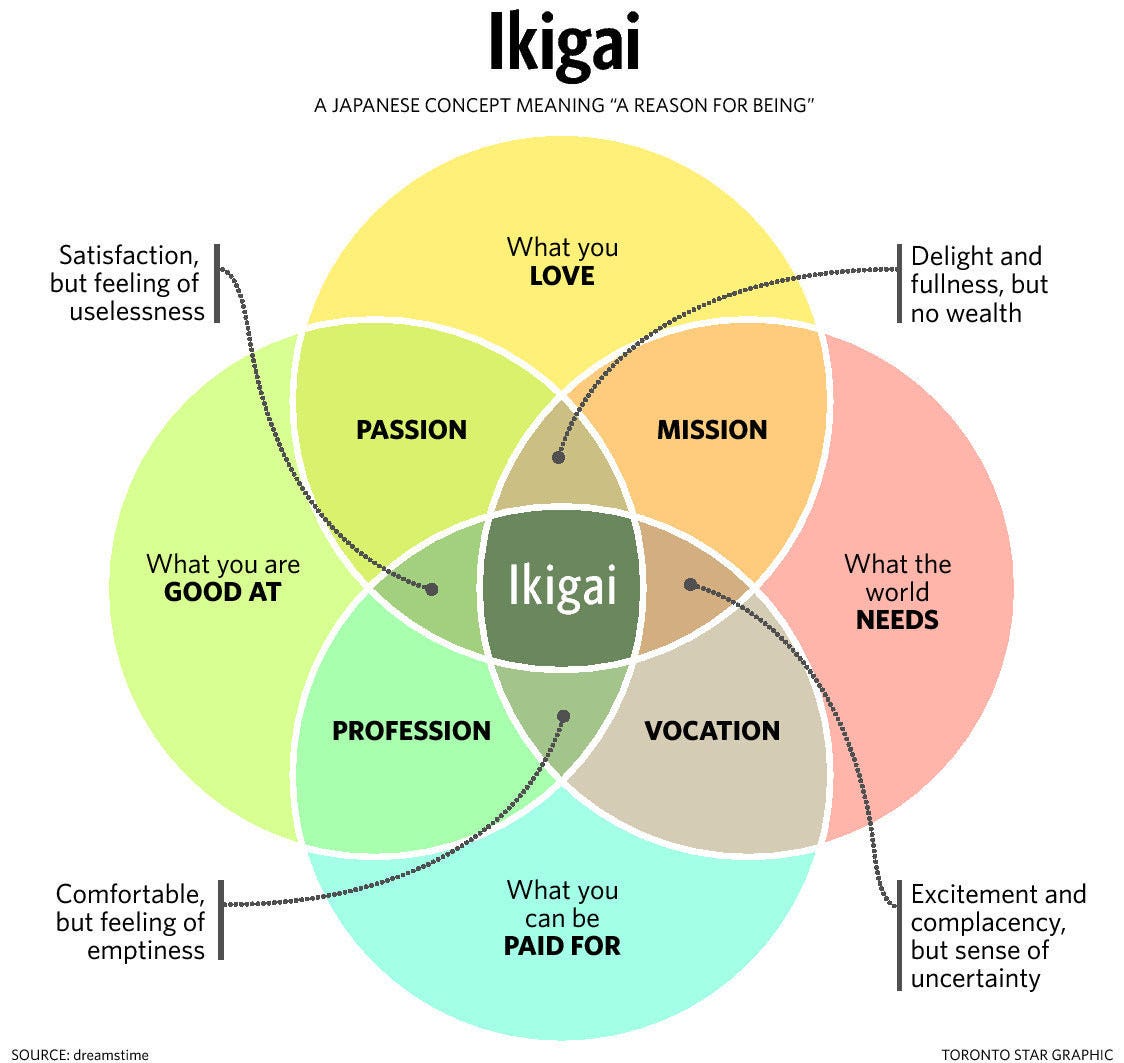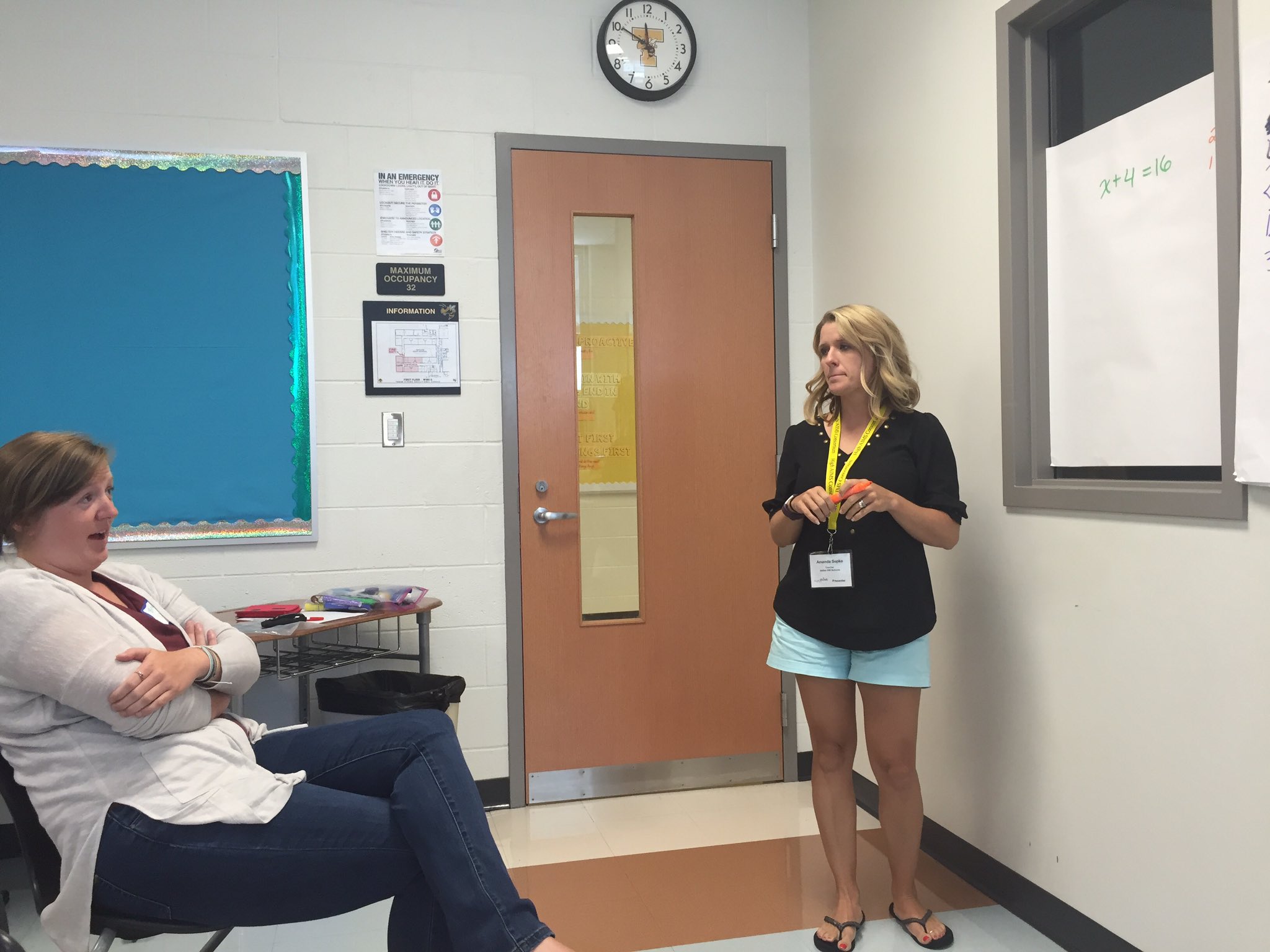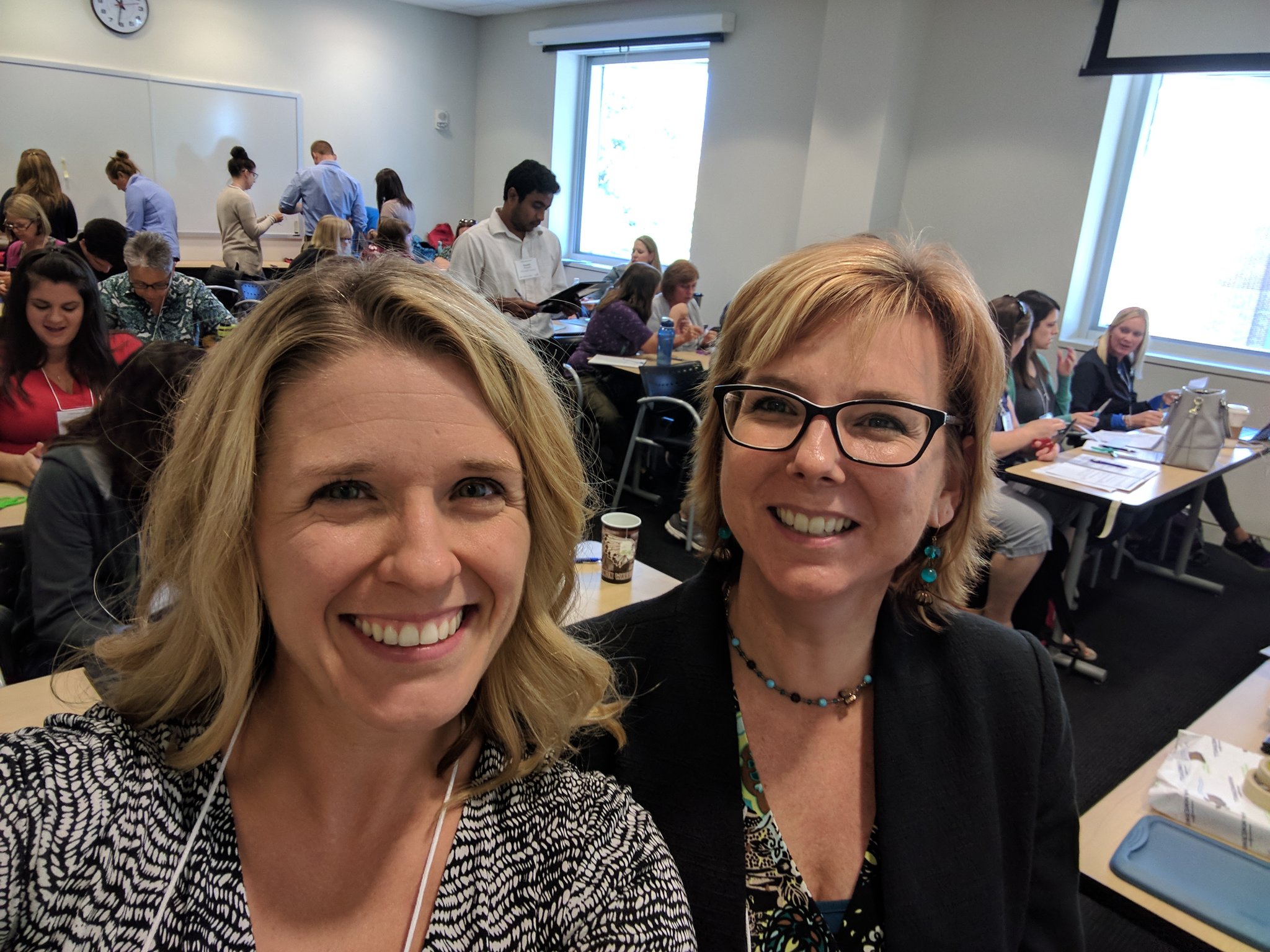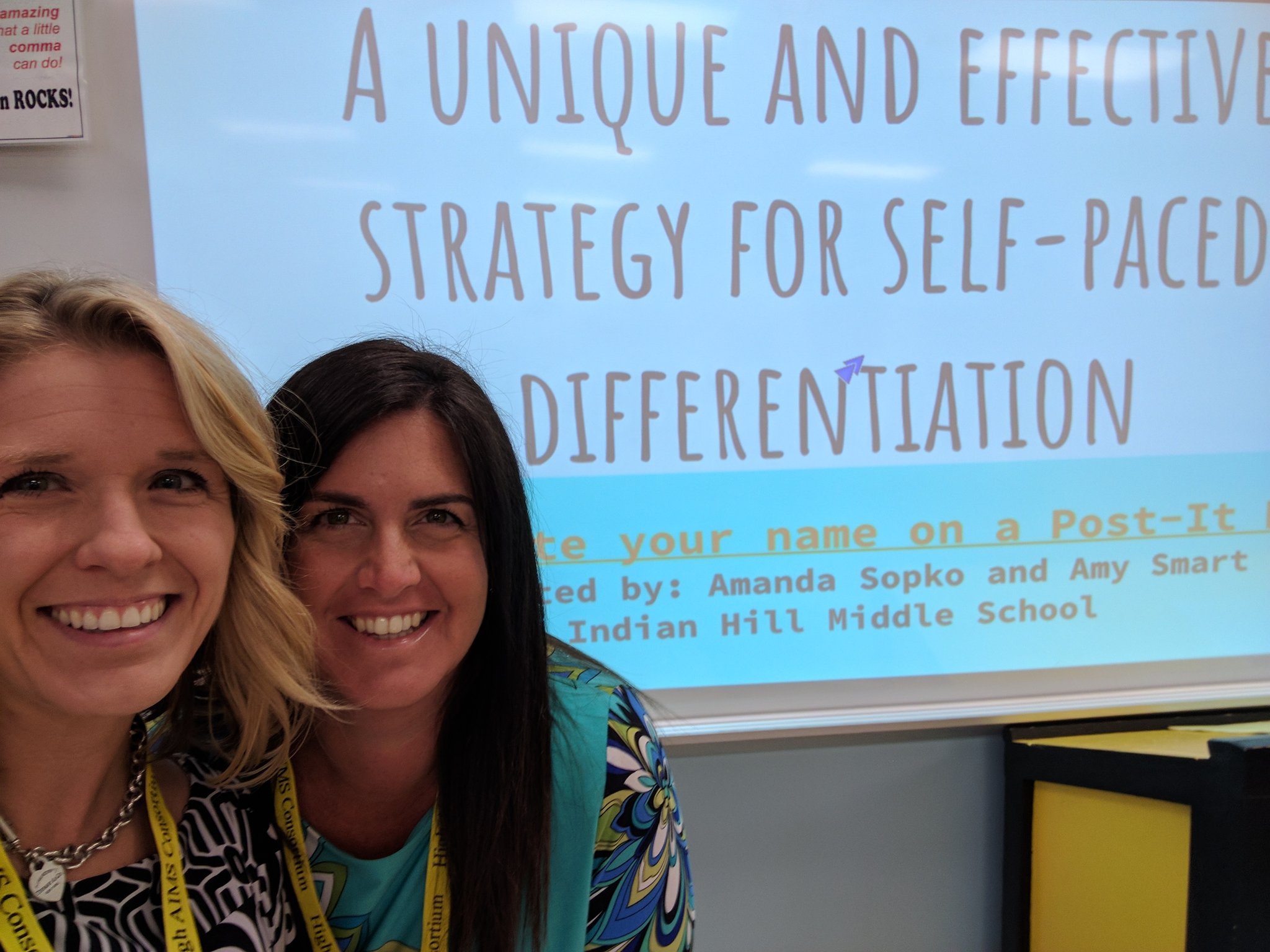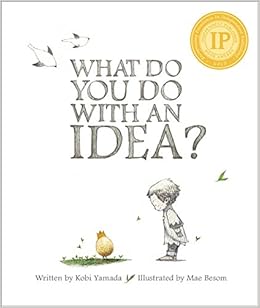Gifted students are some of my most favorite people in the world. I absolutely love the challenges they present. For years, I struggled with the quick working student. I really had no idea what to do with them and always felt that those buffer activities, while interesting, were really just busy work to keep them from distracting the students that were still working. Inevitably, there was always that one student who blew through every activity and still found time to irritate peers.
I know what you are thinking, how can you empower a student while teaching the standard algorithm for division with decimals (yes, that is a 6th grade math standard). Stay with me, it can happen!
Since creating my
self-pace math quadrant system, I have found that not only do my students get the time they need with me and the opportunity to keep engaging with the mathematics, there have been many ways that the same students who would have used their creative powers to distract are now empowered to become better members of our learning community.
I recently read the book
Empower: What Happens When Students Own Their Learning by John Spencer and A.J. Juliani and there were many parts that I have completely connected with. One of my favorites, however, is the way they call teachers to the most important role they can play in the classroom, the guide on the side. Often times, we feel that we need to be the hero, but what this book points out is that while everyone is looking at the hero, the guide on the side is really the person who makes that possible. The guide calls the hero to his or her journey and provides the knowledge, guidance, and courage to ultimately be successful. Think Gandalf, Yoda, and Ms. Frizzle, they may not be the hero, but would there be one without their guidance? Empowering students often requires you to take a step back, let your students fail, but also watch them exceed all of your expectations. Here is what I have done to help empower my students.
1. Know What You Need to Know
On the first day of a new unit, I give my students a Unit Guide with everything they will need for the whole unit. That includes any videos they may need to watch, practice problems, performance based assessments, points during the unit that they will need to stop and have a mini lesson with me, assessment dates, extension opportunities, and study guides.
Gone are the days when students were forced to wait for the rest of the class to catch up. Now, once my students have mastered one topic, they can move directly on to the next.
2. What Makes You a Master?
When I started my quadrant system three years ago, I assigned specific problems I wanted my students to complete and then checked each students off before allowing them to move on. It worked well for awhile, but eventually I began to see that the students were completing the tasks, not out of compliance, but because they genuinely wanted to ensure they knew how to do the math.
This got me thinking. Why am I wasting all of my class time checking students off when I could dedicate more time to working with students and building relationships? Once I had this thought, it seemed only natural to post the answer keys to practice problems around the room to allow students to self- check. An average student typically needs 12-20 repetitions on a skill in order to achieve master. Gifted learners, however, can often master a skill in about 5 repetitions. So, I ask my students to choose the 5 problems on the page that they think will challenge them. Those are the problems they need to complete. Often times, I suggest my favorite problems which they can choose to complete or not.
If they get one wrong, it is their responsibility to figure out why it is wrong, which might require them to spend some time with me or one of our experts of the day, and try as many additional problems they determine is necessary until they feel comfortable with the skill.
3. Let's Make a Deal!
I have provided my students with what I believe is the best way to show mastery on a unit of study. The quadrant system is predictable and requires students to show mastery in several ways. However, some students still do not find that my way is the best way for them to learn. In this event, I invite my students to pitch me a better idea. If they have a better way of showing their learning on the standards, they can convince me that they will be able to achieve the same level of mastery as their peers that choose to follow my plan.
In order to do this, they must understand what the standard is requiring of them and then explain to me through informal discussion how their proposal will achieve the same or better end. In the past, students have requested to create videos, create mini projects, and found web resources that can demonstrate mastery. The last option is one of my favorites and if I allow them to use the game or simulation they have found, I also share it with the class at the bottom of the unit guide in the additional resources section.
4. Use Your Skills, Find Your Passion
Throughout the week, I give my students goals for where I would like them to be on their path. In order to achieve these goals, students can choose to work on some of the tasks at home. If they can complete their tasks before the end of the week, they have the choice to work ahead or create in our class makerspace. It hasn't happened yet, but if a student completes his or her work by Tuesday, they can potentially have three days to work on a project. If that ever happens, and I hope someday it does, I would try to find a way to guide them in the direction of larger and more involved projects of interest.
There is a Japanese word, Ikigai, that I have fallen in love with. Your ikigai is your reason for living. It is what you get when what you love, what you are good at, what the world needs, and what you can get paid for all meet. I recently tweeted about this idea and was given the link to the
Rethinking Learning post that discusses ikigai in more depth.
5. Explicitly Teach Growth Mindset
This year, I have made it a point to pause for no more than 10 minutes each Monday morning to engage my students with growth mindset opportunities. We have watched videos, listened to music, set goals, reflected on goals, discussed mistakes, read picture books (this is one of their favorites), completed sorting activities, worked on challenging brain teasers, and even incorporated some art all focused on the importance and pathways towards a growth mindset. I have even shared the time I begged my mom to let me be a third grade drop out because I could not master long division, and here I am teaching math and loving it!
It is funny that little boost on Mondays where we set a goal or determine a phrase to focus on during times we become frustrated in class has really helped. I have seen students take on the role of growth mindset coach with their peers reminding them not to get discouraged because "synapes are firing, your brain just grew!" Other times, when a students states he or she can't do something, several other students yell out "yet!" and everyone gets back to work. One student even dubbed me Mrs. Yet, it is one of my greatest honors.
I think this is key to creating an empowering culture. When students believe they can learn, they try harder, stay motivated, and seek out challenges. I have also noticed that my students this year are more willing to seek out help from me or a peer instead of putting on the "I got this" face.
6. Choose Your Learning Environment
I have found that allowing students to make choices, even on small things, they are happier. Giving my students
Choice Flexible Seating options not only allows them to choose a learning environment that works best for them, it also lets them know that you trust their judgement and value them as learners. I dedicate large amounts of class time to independent/small group work in my class. Asking all students to sit in the same spot around the same people, in the same chairs just seems cruel to me.
7. Choose Your Own Adventure
Since returning from winter break, I have given my students the opportunity to choose between two units of study. This means that I have students learning very different topics in my room at the same time. I was very nervous to give my students this choice, and there was definitely a learning curve for the students with regards to procedures, but again, giving students this choice has changed the tone of my class for the better. Our schedule allows for flexible grouping among classes and I am able to rearrange students to group them according to the unit they chose when needed. Students that were almost impossible to motivate have stepped up and demonstrated huge amounts of growth in their engagement and willingness to show what they know.
8. Expert of the Day
The intervention specialist I work with, Amy Smart, gave me this fantastic idea at the beginning of the year. She suggested I name an Expert of the Day. This person would be the student others turn to when they need help and I am not available. The expert would be willing to explain a problem or work through a few problems with a peer while I am working with another individual or small group.
Instead of naming an expert, I allow them to nominate themselves. Often times, teachers give the gifted kids the role of peer tutor. This does not sit well with me. What if the students does not have the calling to be a teacher as I do? What if they are working on their own problem and do not want to be disturbed? I do not want to turn them off to my class, so I let them make the choice, and I do not feel bad is someone who would do a great job, never offers.
If we are working on a skill that a student feels very confident with, they can put their name on the board. This lets the rest of the class know that they understand the content enough to teach it. I have found that some students prefer to work with the expert instead of me at times. That is OK, the object is to learn, right?
9. Know When to Get Help (and who to get it from)
When students are given the opportunity to truly own their learning, they also learn when to get help. There are times when we can spend a little more time on a problem and work it out ourselves, but there are also times when we need to learn to ask for help. The procedures I have in place in my class gives students the opportunity to determine when to ask for help. They have become very good at judging the level of help they need as well.
Students learn that sometimes they just need to work out an incorrect problem with a friend and they can move on. Others seek out the expert of the day. Still, I have students who come straight for me the minute we break for independent work time. Those students know they need more intense support and we sit together sometimes one on one and sometimes in a small group. Occasionally, I have called the entire class back together to clarify and discuss misconceptions. The key for the teacher is to be flexible with this time and gauge the students needs.
10. Let Them Make Corrections
If we want our students to feel comfortable making mistakes, and we know how great that is for brain growth, then we need to give them the opportunity to make corrections. I know this is a hot topic, but for me, I strongly believe, and share this with my students, that it is not when you learn, it is that you learn.
My students are allowed to correct everything they do in my class. However, there are some guidelines. They must show work or explain in writing how they made the correction. They can work with a peer, parents, older sibling, or me to make corrections, but they must demonstrate in some way they they do understand the problem and be able to apply what they learned to other problem solving situations.
If you have worked with gifted students, you know that many of them are perfectionists. I find it impossible to ask them to take a risk without giving them a way to fail in a safe environment. Unfortunately, the grade is what many of my students view as their measure of mastery. Giving them the opportunity to work on corrections gives them a sense of calm when they are struggling through a topic.
11. Time, Time, Time!!
Empowerment does not happen in the first day or week of school. It takes time. Teachers and students need to build mutual trust in order for this to work.
The need for time shifts as the students begin to feel empowered. At that point, the students need more time in class to play with the concepts. This means I need to be mindful of the time I spend in front of the class. Of course there is still whole group learning that happens in my class, but based on the skills and concepts we are working on, I set time goals for myself in order to provide the independent free work time for my students. This is where the guide on the side mentality becomes most crucial. Students need time to learn and practice making good choices in order to feel free to be empowered.
Teachers need to keep this in mind as well. Students will not automatically become independent learners. Some students will need more guidance for longer periods of time in order to reach this point. In all honestly, some of my students are not there... yet. I have a board where students can put their names in the spot they are working on. I begin each work session by pulling the group that is farthest behind and make sure they all understand and are engaging with the content.
Some students, when given the freedom rush through the tasks in order to complete, not learn, the skills. While I try to check in with each student everyday, the fact remains that sometimes one or two will fall through the cracks. These students often become very apparent when tickets out the door or quiz scores are calculated. those students often learn quickly that they need to put in the effort and change their habits for the next quiz. Those are also the students that get more frequent check ins from me. They are also the students that I require to sit with me and work out a few problems while explaining what they are doing before moving on.
Students indicate where they are in a unit on these coordinate planes.
It helps me group them and determine who to pull for intervention.
12. Be the Hero of the Story
While the guide on the side is an important role in the hero's journey, don't forget to take the opportunities to be a hero yourself. Seek out colleagues that will call you to action to improve your practice. Find that person to share your ideas with, even the crazy ones, especially the crazy ones. Step out of your comfort zone and try something new. If it doesn't work, go back to the drawing board and make it better.
As a STEM teacher, I approach everything I do with the Engineering Design Process. So here is your call to action: Find a problem you'd like to solve, read about it, talk about it, explore possibilities. Once you've done that, design a solution and try it out. It will fail, maybe not all of it, but some part will fail, possibly miserably and that's OK. Go home, feel sorry for yourself if you must, but then dust yourself off, make it better and try again tomorrow. Don't stop, don't ever stop. Even when it's "perfect", please don't stop.
Everyday is not a dream, although there are far more good days than bad. This system is not perfect, but that is why you are here. You have the opportunity to be my guide on the side. What do you think? Ideas for improvement? What do you have in place in your class that empowers your students?

